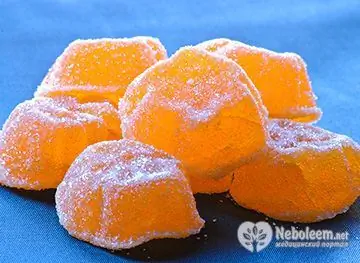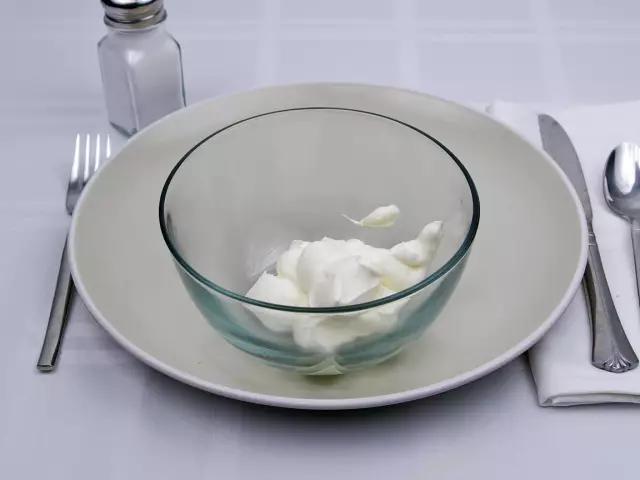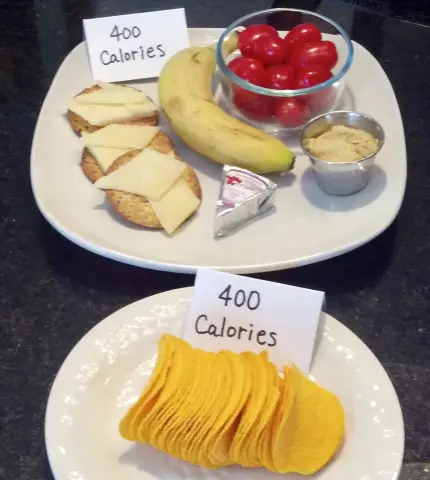- Author Rachel Wainwright [email protected].
- Public 2023-12-15 07:39.
- Last modified 2025-11-02 20:14.
Syrup

Molasses is a fast carbohydrate product of enzymatic or partial acid hydrolysis of potato or corn starch.
Molasses or maltodextrin is composed of maltose (2 glucose molecules), maltotriose (3 glucose molecules) and dextrin, which is several glucose molecules. The substance is made by breaking down plant starch with enzymes that divide the long chain of glucose into fragments composed of dextrins.
It is a creamy or pure white powder with a sweetish taste, readily soluble in water. Technically, molasses is not sugar, which allows manufacturers to include the substance in their products and tag them as “sugar free”. However, the glycemic index of molasses is very high, reaching, depending on the method of its production, the level of 136, which indicates the lack of advantages of this product over other carbohydrates. In fact, maltodextrin has the same properties - high calorie content, fast absorption, increased insulin secretion - as confectionery.
Distinguish between white (starch) and black (sugar beet) molasses.
Applying molasses
Molasses is approved for use in the food industry, being considered an absolutely safe component for human health. It is used in the production of a wide range of products: confectionery, canned fruits and berries, beer, soft drinks, sauces, ice cream, some types of bread (Tartu, Riga, Minsk, Orlov, Borodino), sports nutrition.
The ability of molasses to delay crystallization and increase the solubility of sucrose determines its widespread use in the canning industry.
In ice cream production, maltodextrin lowers the freezing point by increasing the hardness of the product.
The use of molasses in small quantities determines the color of the product, in large quantities - the viscosity and taste of dough products.
When adding molasses to the product:
- Increases the viscosity of the mass;
- Has the effect of emulsification, thickening;
- Suspends the processes of natural color change of the product;
- Acts as a baking powder or shaper;
- Increases the energy value of the product;
- Improves the solubility of mixtures;
- Forms the uniformity of the product structure;
- Simplifies the process of adding various ingredients to the composition of the minimum dosage - flavors, dyes, vitamins, etc.
- Reduces the water absorption properties of the product.
Calorie content and composition of molasses

The chemical composition of molasses: dextrin (0-70%), maltose (19-85%), glucose (0-50%). The calorie content of the product is 296-316 kcal / 100 grams of product. Of them:
- Proteins - 0 g;
- Fat - 0.3 g;
- Carbohydrates - 78.3 g.
From a medical point of view, molasses contains such important substances for the body as potassium, phosphorus (48 mg), sodium (80 mg), calcium (25 mg), magnesium (13 mg), and iron (1.2 mg).
The harm of molasses
The main harm of molasses is a sharp rise in blood sugar levels, the excess of which is quickly converted into adipose tissue. The high calorie content of the product poses a threat to the health of people suffering from diabetes and obesity.
In some cases, allergic reactions to the original product are possible.
Found a mistake in the text? Select it and press Ctrl + Enter.






